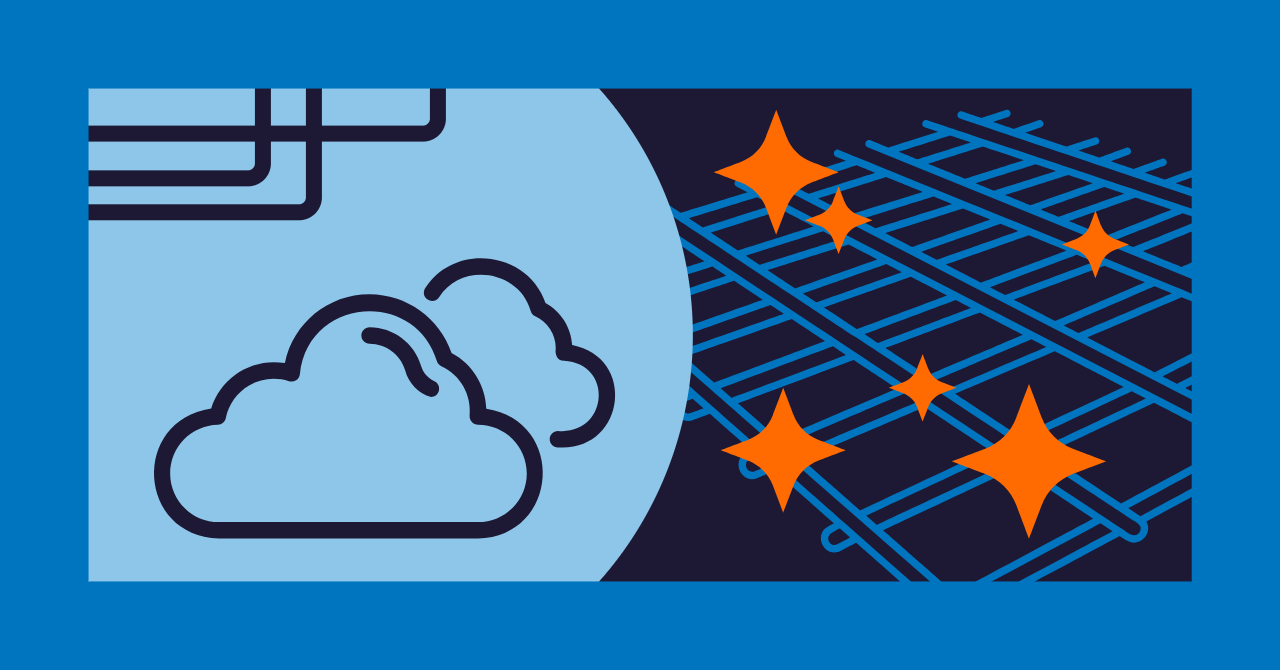It feels like AI is everywhere. Yet deploying it isn’t always simple.
You’ll find AI managing security feeds, tracking stock levels in real time, and powering predictive tools in everything from hospitals to manufacturing plants. But getting those AI systems up and running in the real world is rarely plug-and-play.
For many businesses, the challenge starts with computing infrastructure. Cloud dependency can slow things down, especially when data volumes are high or connectivity is limited. Moving large datasets back and forth burns bandwidth, adds latency, and introduces privacy concerns.
That’s where edge computing makes life easier. By placing the processing closer to the data source, AI can run directly on-site. This speeds up response times, reduces strain on cloud services, and keeps sensitive information local. The result is a system that’s faster, more responsive, and a whole lot easier to scale.
Choosing the right use case for edge AI
Running AI at the edge works best when timing, location, or privacy matter. Think of a retail chain that wants to adjust digital signage based on real-time in-store traffic. Or a manufacturing facility that needs to spot product defects in real time. In both cases, sending everything to the cloud adds friction. Processing it locally clears the bottleneck.
Good edge use cases usually share a few traits. There’s a clear input, like video footage or sensor data. The model needs to make quick decisions, like flagging a safety issue or detecting low stock. And ideally, you want to keep that data close for compliance or speed.
Let’s say you’re deploying AI-driven cameras across multiple warehouses. Instead of routing all that footage through a central server, you install compact edge systems on site. Something like Simply NUC’s extremeEDGE Servers™. They’re fanless, small enough to fit into tight spaces, and powerful enough to run inference models directly at the data source. That way, alerts go out instantly when something’s off, no cloud delay, no added bandwidth.
Picking the right use case helps you move fast without overengineering the solution. Start where edge computing adds the most value. Then scale from there.
Simplifying data processing at the edge
Raw data is messy. Inconsistent formats, duplicate entries, missing fields are the usual suspects. Before it can power anything meaningful, that data needs cleaning and shaping. Traditionally, that meant pushing everything to a cloud platform or central server. But that approach eats up bandwidth and delays results.
Running pre-processing tasks locally trims out a lot of the noise before it travels anywhere. Sensors can flag relevant events. Cameras can compress and categorize footage. Only the essential data gets stored or sent up for long-term analysis.
That’s where the right edge device makes all the difference.
By processing data locally you’re improving accuracy, reducing cloud costs, and setting the stage for more reliable AI results down the line. It’s a cleaner input, and cleaner input leads to better decisions.
Supporting AI frameworks at the edge
Running AI in the real world means working with frameworks your team already trusts, such as TensorFlow, PyTorch, OpenVINO, and others. These tools are powerful, but they also need hardware that can keep up. It’s one thing to train a model in the cloud. It’s another to run it efficiently on a device sitting behind a screen or embedded in a machine.
That’s why hardware matters. You need edge systems that handle those frameworks without slowing down or overheating. Systems that support GPU acceleration, fast storage, and flexible operating environments.
Devices like the NUC 15 Pro (Cyber Canyon) and Mill Canyon are a good fit for AI inference tasks running on-site. Whether you’re classifying images, tracking objects, or parsing text, these systems can keep models running smoothly, even across multiple endpoints.
And if your deployment is in a harsh environment or remote, the extremeEDGE Servers™ give you the same support for modern frameworks but in a fanless, sealed form factor. That’s ideal for environments where dust, vibration, or heat would knock out a typical box.
Real-world deployment made manageable
AI models might train well in the lab, but deploying them in the real world comes with its own set of challenges. You’re often working with limited space, inconsistent power, or environmental factors like dust, vibration, and heat. Add to that the need to scale across multiple locations, and things can quickly get complicated.
Edge computing helps by removing some of that complexity. Compact devices can be installed closer to the data source, eliminating the need for bulky infrastructure or constant cloud connectivity. That’s especially useful in places like manufacturing sites, retail displays, or mobile service units where you might not have the luxury of a traditional server setup.
Remote management also plays a key role. When devices are spread across dozens, or even hundreds of sites, having the ability to monitor, update, and troubleshoot them from a central location saves time and reduces downtime. Preconfiguring devices before deployment can streamline setup, and once installed, systems can get to work with minimal hands-on support.
In practice, a well-planned edge deployment makes it easier to roll out AI applications across your organization. It brings control closer to the point of use and reduces the overhead that often slows things down. That keeps your team focused on the insights AI delivers, rather than the infrastructure behind it.
Ensuring privacy, compliance, and control
In industries like healthcare, finance, and public services, how data is handled can be just as important as what it’s used for. Regulations around privacy, storage, and security should be baked into how these sectors operate. That means your AI setup needs to respect where data lives and how it moves.
Edge computing makes this more manageable. When data is processed on site, it doesn’t have to be transmitted to external servers unless there's a good reason. That reduces exposure and helps you stay aligned with data sovereignty rules and internal security policies.
You also gain more control over encryption, access, and device monitoring. Instead of relying on broad cloud controls, local systems can be locked down to fit the environment. Whether it’s a device in a hospital, a transit hub, or a regional retail branch, local compute helps keep sensitive information where it belongs.
From a compliance standpoint, this setup is easier to audit and explain. Data stays closer to its source, and you’re better equipped to apply the right protections at each location. It’s not about removing risk entirely, but reducing it in a way that feels deliberate, measurable, and practical.
Interested in cybersecurity and compliance? Read about the NIS2 requirements.
Delivering real-world results and ROI
AI is deployed to solve problems, improve efficiency, and unlock new ways of working. But for that investment to pay off, the system around it needs to be just as smart as the model itself. Edge computing helps deliver those results by simplifying everything that happens before and after the AI makes a decision.
A logistics company wants to track package movement inside their distribution centers. With AI-powered cameras and sensors installed on site, packages can be scanned, logged, and rerouted in real time. Instead of sending raw video to the cloud for processing, the system runs those analytics at the edge. That means lower bandwidth costs, quicker reaction times, and less infrastructure to manage.
The result?
Fewer delays, better tracking, and a smoother customer experience. And the payoff doesn’t stop there. By keeping the compute local, the company also reduces dependency on outside systems. That translates into more predictable performance, more control over uptime, and fewer surprises during peak hours.
This kind of return on investment isn’t limited to warehouses. Retail environments can use edge AI to monitor stock levels, optimize display content, and track customer flow through a store. In healthcare, edge systems can assist with diagnostics or patient monitoring, helping clinicians act faster without offloading sensitive data to the cloud.
What ties all these use cases together is the ability to move from proof-of-concept to production without overcomplicating the rollout. Edge computing clears a path to value by handling AI where it happens. It removes roadblocks, trims unnecessary layers, and keeps decision-making close to the action. That’s what makes it a practical, repeatable choice for teams looking to make AI part of their everyday operations.










